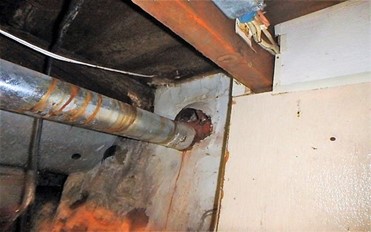 What NFPA code provides guidance to warn of carbon monoxide poisoning in a building?
What NFPA code provides guidance to warn of carbon monoxide poisoning in a building?
January 10, 2024
by Nils Deacon, Manager, Inspections and Rating Services
A recent incident illustrates the importance of prompt warning of carbon monoxide (CO) exposure in a public building. Over 40 people were hospitalized on New Year’s Eve due to CO poisoning at a church in Utah. Reportedly, the CO emissions were caused by malfunctioning heating equipment.
The problem was not realized until a number of people went to the emergency room with severe symptoms. It is not known if there were CO detectors in the building, but no alert was initiated that has been described at this time.
NFPA 72, National Fire Alarm and Signaling Code, provides specific guidance on placement, maintenance and interconnection for CO detectors. For residences or public buildings, if there are two or more detectors, the code requires they be interconnected so if one initiates (sounds an alarm) all other CO detectors will sound.
Since CO is colorless and odorless, it is vitally important that all occupants of a building be alerted to the danger so they can evacuate immediately and call the fire department.
DISCLAIMER: This information reflects the interpretation of MSO, Inc. with regard to NFPA Standards and Codes. It does not represent NFPA’s official position on the items discussed.
Deteriorated furnace vent pipe.

